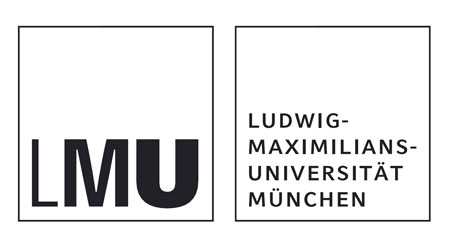Scientists from LMU looking for the heartbeat of cellular networks claim to have stumbled upon a distinct finding through a new optical approach. This should allow researchers to better understand the complex interactions in living cells. Besides, the data could have high importance for the creation of models and also in comprehending the pathological processes in biological cells.
Our cells are known to form an intricate network of interactions. Presently, techniques used seem to only measure molecular reactions occurring outside the cells individually. However as the molecular concentrations in the cells are believed to be much higher than those observed in the laboratory, researchers suspect that the kinetics of molecular reactions in living cells could differ considerably from external probes.
“We expected the cellular reaction speed to be higher,” confirms LMU biophysicist Professor Dieter Braun. “However, our novel optical approach showed that – depending on the length of the strands – the coupling of DNA-strands inside living cells can be both faster and slower than outside.”
Visualizing the heartbeat of cellular networks, Braun and his team look forward to probing different types of molecular reactions in living cells. As part of their work, the researchers closely examined the hybridization that is the coupling and de-coupling of two DNA-strands. After introducing these into living cells, they determined the reaction time constant by using an infrared laser. This induced temperature oscillations of variating frequencies in the cell while also measuring the concentration of the reaction partners, namely of coupled and de-coupled DNA.
It was observed that at low frequencies, these concentrations followed the temperature oscillations. At higher frequencies they appeared to experience a phase delay and oscillated with diminished amplitude. To obtain the reaction time constant, both the delay time and amplitude decrease were checked.
The team then ascertained the concentrations with the help of soc-called fluorescent energy transfer (FRET). This is known to occur between two chromophores at a certain spatial distance. A FRET pair was then applied to the DNA-strands in such a way that energy transfer took place only if the strands were coupled. A stroboscopic lamp was used to excite the chromophores while a CCD camera registered time and amplitude of the fluorescence. This appeared to allow visualization of the concentration alterations with a spatial resolution of about 500 nanometres.
These interesting experiments showed that DNA-strands including 16 units, which were considered to be the so-called bases, exhibited a seven-fold higher reaction speed. This was in comparison to values determined outside living cells. On the other hand 12-base DNA-strands seemed to react five times slower than outside cells.
“Apparently cells modulate the reaction speed in a highly selective way,” says Braun. “The measurements provide valuable insight into in vivo kinetic data for the systematic analysis of the complexity of biological cells,” adds Ingmar Schon, who conducted the demanding experiments.
The researchers found this result surprising as kinetics of molecular reactions has for long been assumed to always be faster inside cells. Mainly due to much higher molecular concentrations that seem to prevail there.
This finding has been published in online PNAS.

